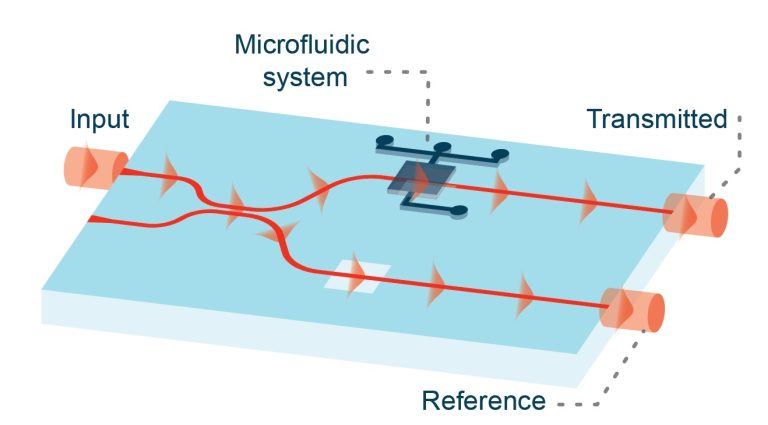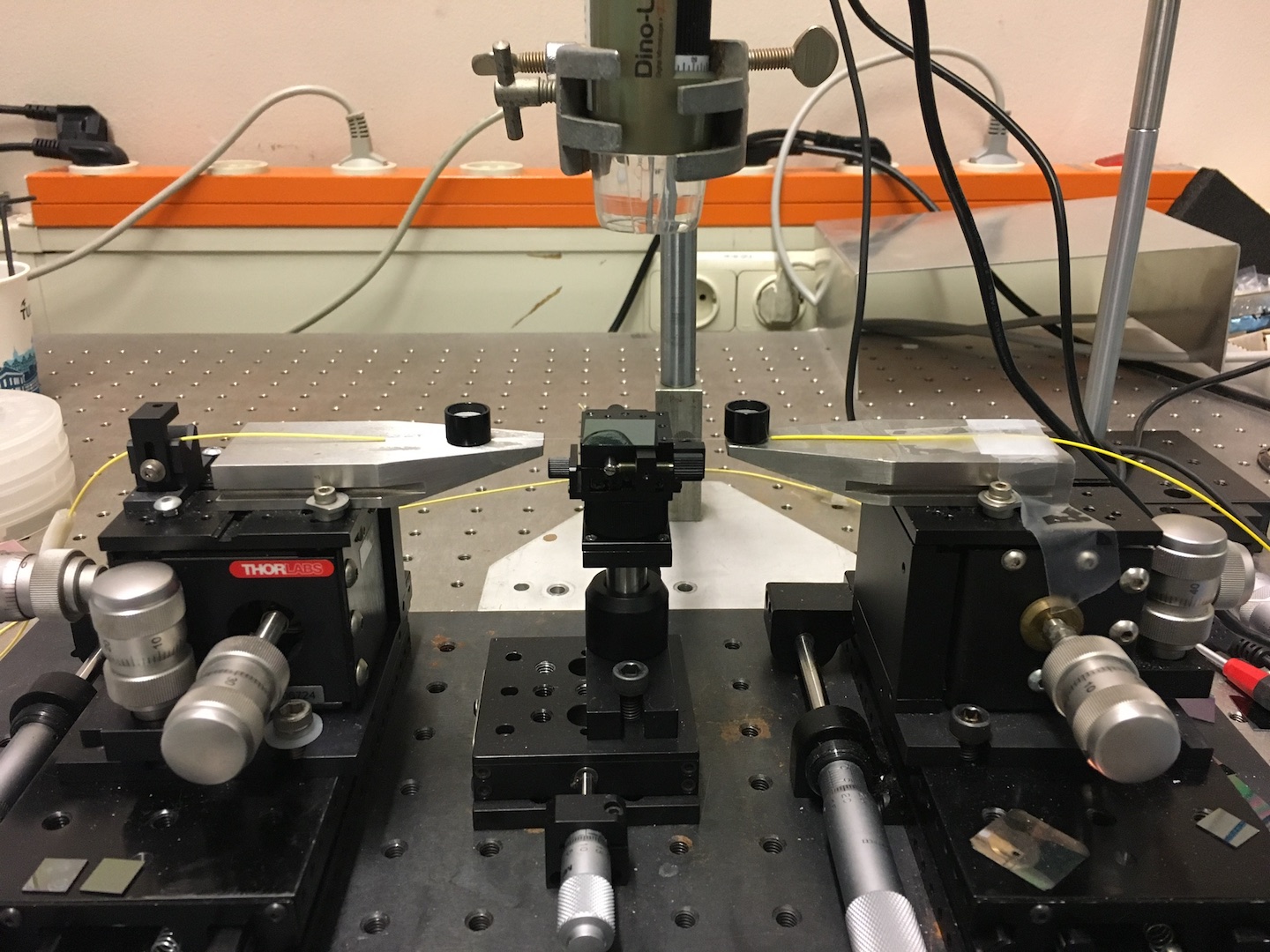TU Delft researcher Yu Xin has developed a low-cost plug-and-play biosensor to detect anastomosis leakage, a complication present in 10% of patients after colon surgery.
This biomedical sensor to detect E. coli bacteria could prevent colon cancer patients getting very ill. (Photo: Yu Xin)
Patients who suffer from colon cancer need to have the affected part of the intestine removed through surgery. After the fragment is cut out, the remaining two ends are sewn back together. But if the connection is defective or the seal breaks, serious complications can arise.


Patients who suffer from colon cancer need to have the affected part of the intestine removed through surgery. After the fragment is cut out, the remaining two ends are sewn back together. But if the connection is defective or the seal breaks, serious complications can arise.
Colorectal anastomosis leakage (AL) happens when fluids from the colon escape into the abdominal cavity after surgery. AL occurs in around 10% of patients and can lead to severe infection and even to death.
Currently, detection is through patient observation. If patients show any symptoms, doctors confirm or discard AL through imaging methods such as CT scans or magnetic resonance. When symptoms manifest, the patient is already very ill.
Dr Yu Xin has developed an accurate low-cost, easy to operate device that monitors patients after colon surgery. It can detect AL at an early stage, even before any symptoms appear. The device uses an optical waveguide based sensor that identifies E. coli bacteria, which is a reliable indicator of AL, in drain fluid.


The device works with a light beam that is channelled from one side of the chip to the other. The beam is divided into two paths, one for detection and the other for reference. When drain fluid from the abdominal cavity of the patient is applied to the device, the detection path is able to capture E. coli bacteria. These bacteria absorb part of the light, and by measuring how much, the concentration of E. coli in the drain fluid can be calculated.
This is the first sensor of this kind that does not require the assistance of a specialist and can be used at home by patients themselves. All they need to do is apply the drain fluid and wait a few minutes until the device tells them if there is an indication of leakage. If so, they should report to hospital for corrective surgery.
The device could also be adapted to detect other bacteria and even be used for environmental applications, such as detecting hazardous elements in the food supply or waste water. It has already been tested chemically and biomedically, but some more tests need to be done before it can become a bedside monitoring device for patients, explains Xin.
Yu Xin, Plug-and-Play Optical Waveguide Sensor Systems for Chemical and Biomedical Sensing, PhD Supervisor Paddy French, Faculty of EEMCS, 19 June 2018.
Maria Rubal / science editor



Comments are closed.